I was wondering if someone had an idea on how to calculate the blue shaded area inside my confidence ellipse. Any suggestions or places to look are greatly appreciated. Also, I am hoping to find a general formula since the ellipse does not necessarily have to lie in that region in application (i.e., the ellipse could have been bigger). Here is my code for my picture if it helps:
library(car)
x = c(7,4,1)
y = c(4,6,7)
plot(x,y,xlim=c(0,10),ylim=c(0,10))
rect(x,y,max(x)+100000,max(y)+100000,col="lightblue",border=NA)
points(x,y,col="red",pch=19)
ellipse(center=c(3.5,5),shape=matrix(c(1,.5,.5,2),nrow=2),radius=3,col="green")
